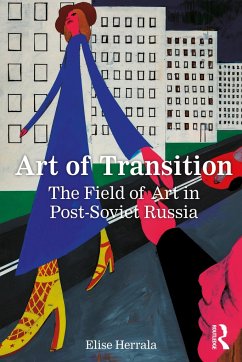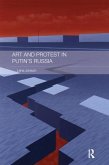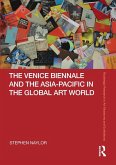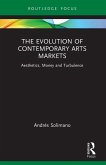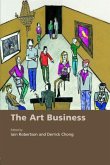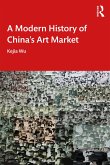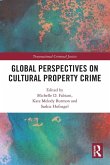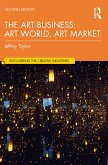The dissolution of the Soviet Union brought a massive change in every domain of life, particularly in the cultural sector, where artists were suddenly "free" from party-mandated modes of representation and now could promote and sell their work globally. But in Russia, the encounter with Western art markets was fraught. The Russian field of art still remains on the periphery of the international art world, struggling for legitimacy in the eyes of foreign experts and collectors. This book examines the challenges Russian art world actors faced in building a field of art in a society undergoing rapid and significant economic, political, and social transformation and traces those challenges into the twenty-first century. Drawing on historical and ethnographic research, Art of Transition traces the ways the field of art has developed, evolved, and been sustained in Russia after socialism. It shows how Russia's art world has grappled with its Soviet past and negotiated its standing in an unequal, globalized present. By attending to the historical legacy of Russian art throughout the twentieth century, this book constructs a genealogy of the contemporary field of postsocialist art that illuminates how Russians have come to understand themselves and their place in the world.
"Elise Herrala brings us a brilliant account of Post-Soviet art, prostrate before an anti-Soviet Western critique and a strangulating state, and left to depend on the precarious growth of markets, connecting painters, galleries and collectors. A radiant ethnography, Art of Transition shows, despite marginality, that Russian contemporary art exhibits an outlandish originality and ironic commentary on the cultural dilemmas of the transition from communism to capitalism."
Michael Burawoy, University of California, Berkeley
Michael Burawoy, University of California, Berkeley

